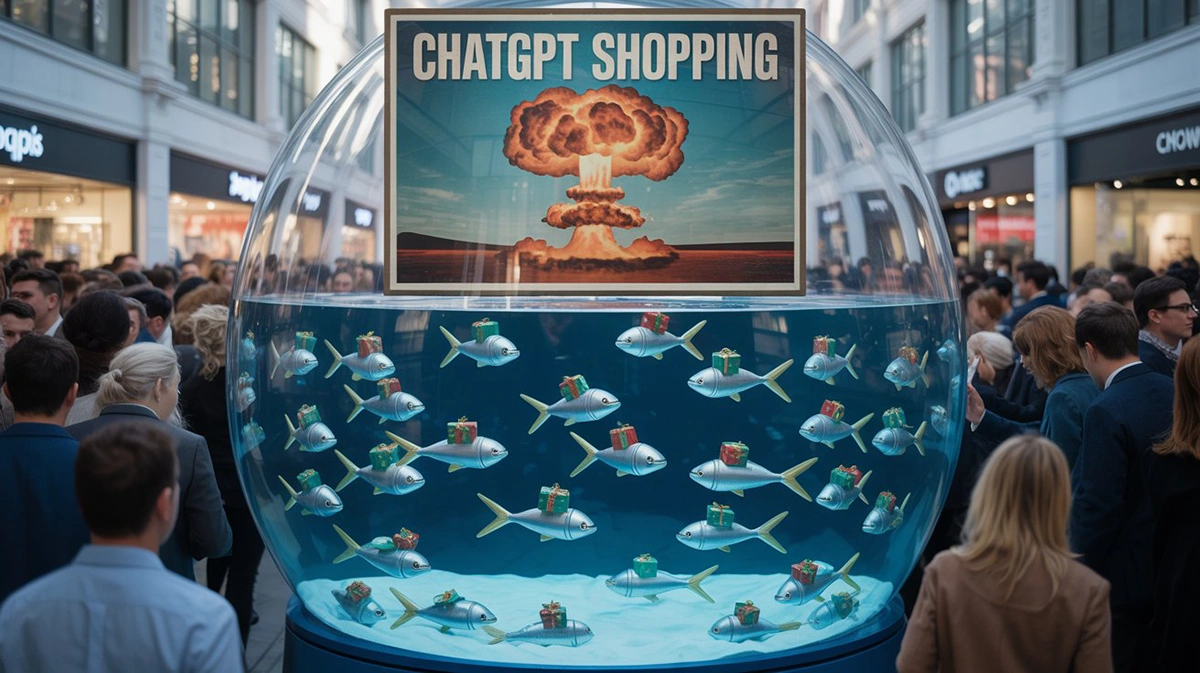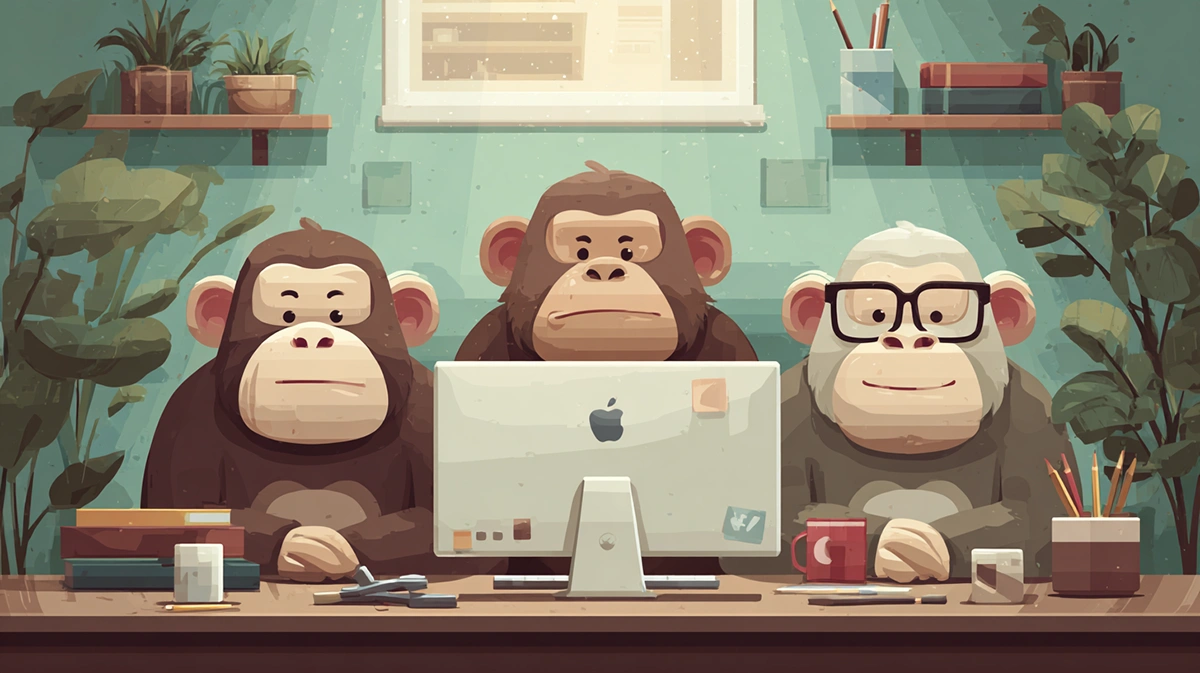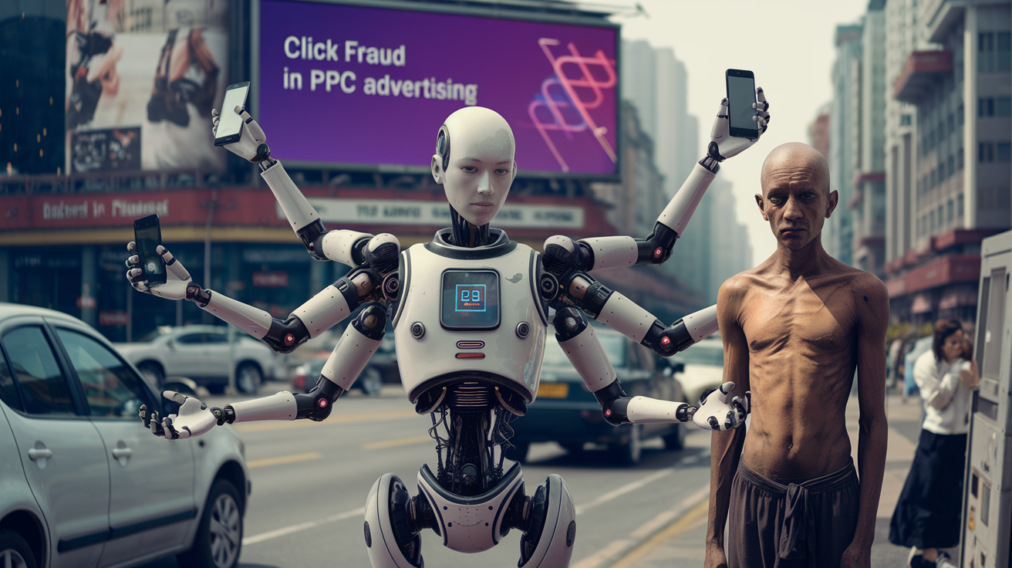content
ChatGPT started as a general-purpose assistant: a spot to request a rapid recipe, a snippet of code, or an explanation of quantum tunneling. Towards the end of 2024 OpenAI added in secret a shopping mode, and in mid-2025 the feature evolved into a streamlined purchasing flow. Type “suggest a laptop under 1 000 €” and a tidy row of cards drops into the chat window, each showing a photo, price, star rating, and a “Buy now” button that leads straight to the merchant. Eight hundred million weekly visitors see that interface; one hundred eighty million open the app every single day. Even if few do shop through it, the raw numbers vie with local price-comparison sites.
To the user, the process is more the sending of a friendly text than the scouring of a search results page. No blue links and banner ads, but a quick, conversational suggestion. People who apply that pattern to trivia quickly generalize it to shopping, as the mental overhead is lower: ask, clarify, decide. The consequence for paid media is bleak. An intent slice that formerly traversed Google Ads or social prospecting is now isolated by a conversation, and the advertiser cannot simply bid up to retake it.
How the product list is actually built
OpenAI operates a crawler called OAI-SearchBot which crawls public pages and API endpoints but does not include them in the model’s training set. When a query looks commercial—”best trail running shoes” versus “why do geckos stick to walls”—the assistant looks at that index. Good organized data is critical here. Schema.org tags, JSON-LD snippets, live stock feeds, and good Open Graph metadata all serve as ranking signals. Stores with live price and availability exposure are more likely to be among the first two cards than catalogs with no data available within the last night produced HTML tables.
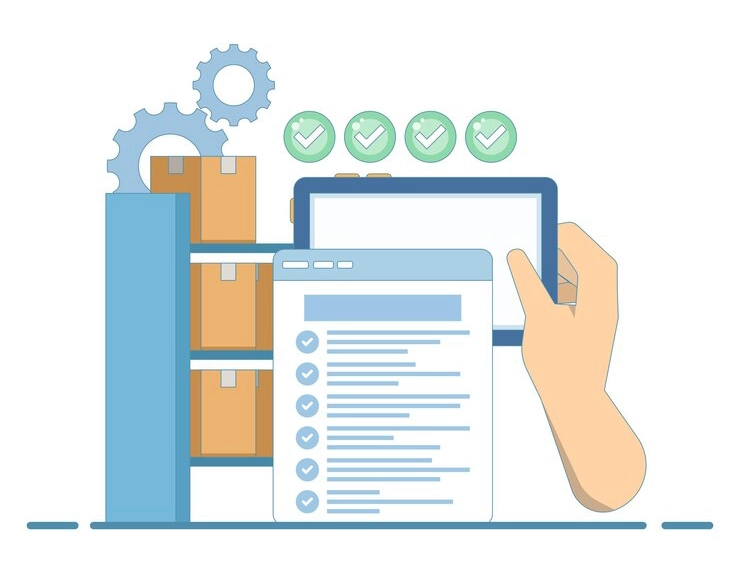
The re-ranking layer also considers collective user feedback. Once a recommendation card has been served, ChatGPT monitors if the user clicks, returns, restates the query, or completes checkout. Over time those signals construct a lean product graph. With no auction or affiliate override in place yet, relevance and data quality are king. That is to say technical housekeeping—clean feeds, fresh images, complete attributes—trumps raw budget, a dynamic many advertisers haven’t seen since the early days of organic search.
How it differs from Google’s AI Overviews
Google’s AI Overviews place a summary box at the top of ads and natural links. Electronics, home appliance, and banking research reports double-digit declines in ad click-through rates since launch. Even though the user still encounters a familiar search results page: ads, ten links, sublinks, people-also-ask, images, news, and maybe a local pack. ChatGPT does the opposite. It presents a single chat-like answer with two or three well-crafted product options. No pagination, no paid row below, no use of “see more results.” The brand is either present in those cards or not at all. For a media planner, the shift is like moving from a crowded billboard auction to a well-curated shelf with only three slots.

Why a new shopper in search shopping destabilizes eCommerce strategy
Search advertising has been a duopoly for over a decade. When a high-engagement conversation platform introduces another choice that removes friction and provokes colossal mindshare, brands must reoptimize their reach models. The first is discoverability: if the assistant blacklists a store, users won’t even know it’s missing. Second, the economic layer will shift. Now there is free placement; soon there will be a hybrid scheme—organic rank and sponsorship signals. Third, ownership of the data changes. OpenAI is gathering behavior on its premises, and that behavior graph could soon be driving cross-session recommendations such as “You bought hiking boots, consider merino socks.” Brands relying on their own pixel data alone will be lagging behind as global product graphs are built elsewhere.
How big brands already react
IKEA rolled out a GPT-driven room planner where consumers can texturize a space, obtain a layout, and include suggested furniture to cart within the thread. Walmart is piloting Sparky, a filter that executes mild filter queries—color, price point, brand—in natural language. Sephora is piloting a beauty concierge recommending foundation colors from a selfie and description of complexion. Each test exposes consumers to conversational commerce, building up demand for the same experience in ChatGPT by implication.
Amazon, however, blocks nearly all AI spiders from robots.txt and purportedly has an in-house conversational layer in development. That defensive strategy leaves an opportunity for direct-to-consumer stores on Shopify or BigCommerce who do not object to providing high-quality data to OpenAI. Early adopters on those platforms already experience incremental sessions out of chat referrals that are higher intent because the conversation has pre-qualified.
Paid vs free subscription: does Plus change suggestions?
OpenAI clarifies that ranking logic has nothing to do with whether or not the user is subscribed to a free or Plus plan. Paid plans allow larger context windows, higher rate limits, and early access to new models, but product cards themselves are taken from the same index. OpenAI is transparent about reevaluating future revenue models. A likely scenario is a subtle “boost” attribute that merchants can flag—for example, limited-time discount or same-day shipping—without displacing the core relevance algorithm. When that lever appears, media budgets will fragment again: some dollars to Google Performance Max, some to Meta Advantage+, and a new line for ChatGPT boost tokens.
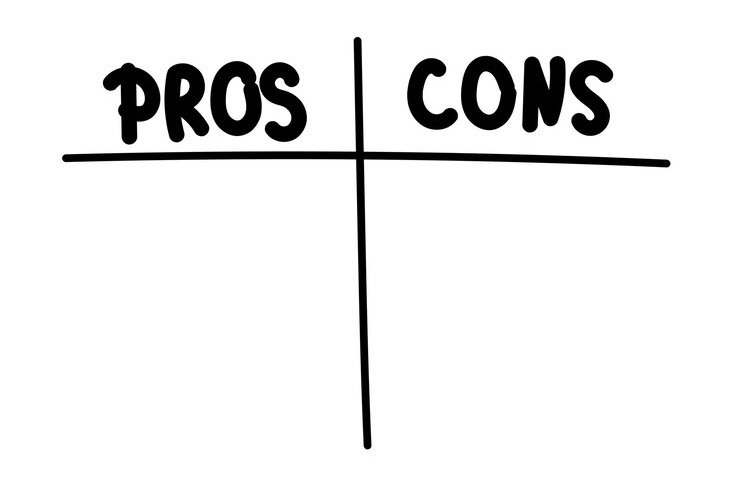
What OpenAI’s engineers say about eCommerce in ChatGPT
Public statements underline three principles. First, keep users trusting: recommendations must be seen to be impartial, sources must be open, the purchase path should not be a cul-de-sac. Second, reduce friction: movement from question to checkout must be faster than on classical web search, or the feature will not work. Third, open up the ecosystem: external agents and merchant APIs must plug into ChatGPT, so it is an app mall of mini-apps doing specialized jobs—fitting skis, furniture finish matching, watching airline seat sales—while being to a standard of openness.
The immediate future: twelve months of rapid development
A merchant center in private mode is heavily expected. It would enable brands to upload catalogs, opt into conversion reporting, and receive diagnostics such as Google Merchant Center but tailored to conversational rank factors. Payment tokens in ChatGPT could follow next, allowing one to complete an order without breaking flow to an external checkout. Depending on that, brands need to determine whether they are ready to sacrifice some margin for a frictionless experience or wait for control over the session. Sponsored placement is a virtual guarantee as soon as measurable volume accrues. The day OpenAI offers click or sale attribution dashboards, advertisers will demand a bidding mechanism. A newly minted auction will start lean, with low entry barriers; by 2027 it could approach incumbent channels.
A field guide to PPC specialists for a brief period
• Check robots.txt so OAI-SearchBot is not blocked.
• Include complete JSON-LD Product markup for name, description, image, SKU, brand, offers, and aggregateRating.
• Run feed updates every hour so that price and availability are never stale.
• Run test queries that include your high-value keywords and see if the brand shows; make adjustments to positioning or feed quality as needed.
Extended conclusion: strategic theses for the next wave
The introduction of ChatGPT Shopping coincides with escalating cost-per-click trends and declining ad visibility on classic search. Its impact can be encapsulated into five strategic insights.
First, data-driven relevance beats budgets. Companies that own feed hygiene have disproportionate presence prior to any paid function being in effect.
Second, direct-to-consumer sellers have a new channel bypassing marketplace fees through working with an open crawler and open stock APIs.
Third, conversation habits engender expectations. As people get comfortable with agent-mediated shopping, traditional filter trees and category pages feel crude, forcing even stodgy stores to conversational levels.
Fourth, there will be a fresh auction. With OpenAI anchoring chat impressions to merchant revenue, merchants will be willing to pay for incremental lift, creating a new world for media planning. Early adoption fixes learnings and audience before competition heats up.
Fifth, attribution models must get new. Session length and number of clicks are weak; combined analytics that combine chat referral tags and server-side sale events will be the new order. Agencies that fail to combine these signals risk under- or over-estimating the channel and making budget decisions in the wrong location.
Together they signal more than another traffic source. They signal a structural change in how demand is being captured and fulfilled. Brands that update their data pipes, creative workflows, and measurement stacks for conversational intent will ride the curve. Those who see ChatGPT Shopping as a fad may see the three-slot shelf fill up fast—and that bidding up won’t get them on it.
Subscribe to our newsletter
